By Christian Wissmuller
Even in an age dominated by plug-ins and digital production tools, the condenser microphone remains the most essential piece of gear in the signal chain. From global touring acts to home-studio producers, the demand for accurate, expressive, and durable microphones continues to drive innovation. As recording spaces shrink and technology expands, the market for condenser studio mics is evolving—balancing precision engineering, artistic flexibility, and user accessibility.
To get an insider’s view of this market, we gathered key voices from some of the world’s most respected microphone manufacturers: Martin Seidl, CEO of Austrian Audio; Jorma Marquardt, product manager, Recording & Audio Production at Neumann; Miles Fulwider, CEO of ADK Microphones; Gary Boss, director of Marketing at Audio-Technica; and Frank Joseph, senior director marketing — North America, Professional Solutions at Harman International Corp. Together, they discuss their bestselling models, technical distinctions, upcoming releases, and what’s next for the studio condenser segment.
“A studio mic must capture every transient precisely; a performance mic must survive the road.” — Martin Seidl, Austrian Audio
What are your brand’s best-selling condenser studio microphones?
Martin Seidl, Austrian Audio:
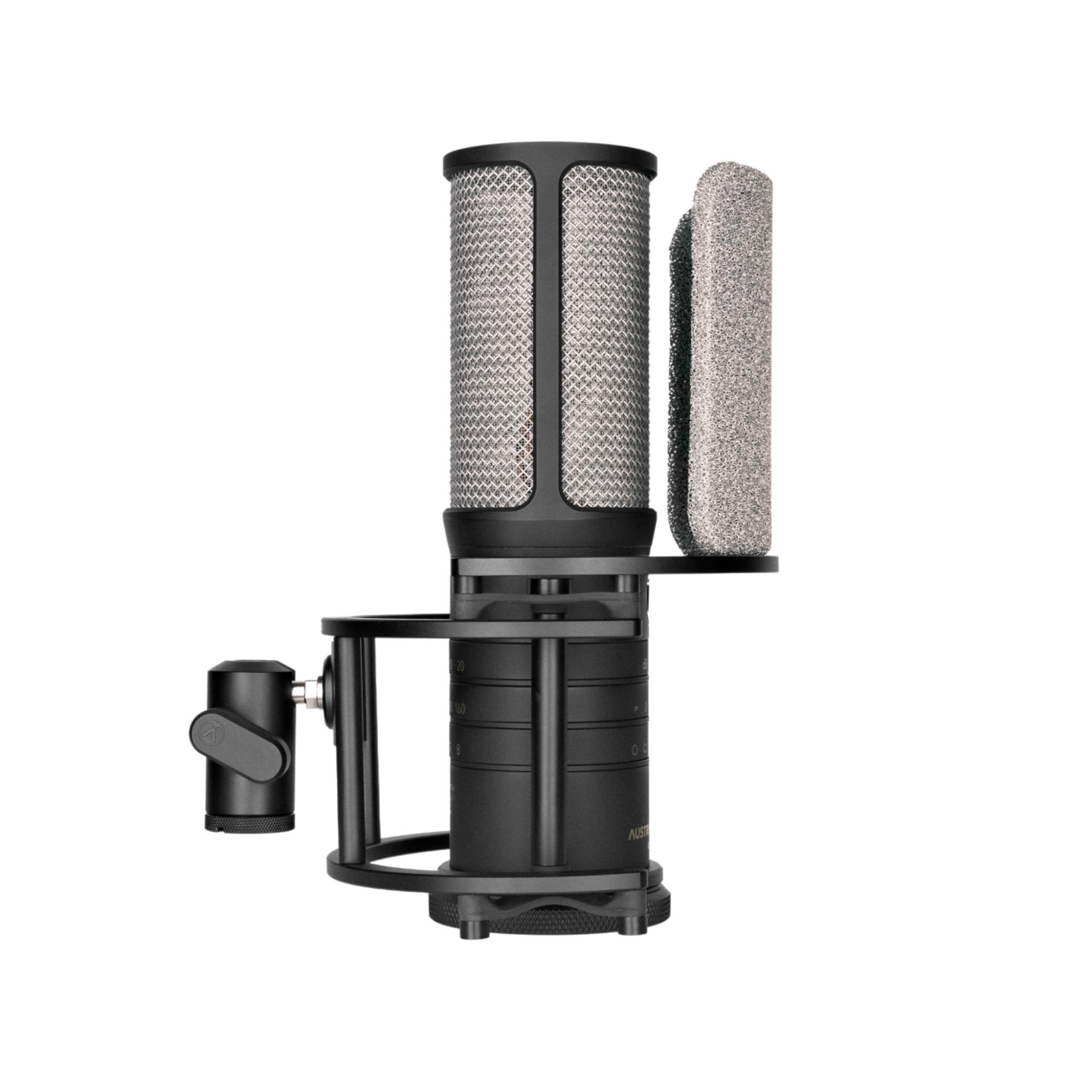 Austrian Audio’s bestselling condenser studio microphone is the OC818 large condenser, followed by the CC8 pencil microphone. The just-launched flagship OC-S10 has already started catching up.
Austrian Audio’s bestselling condenser studio microphone is the OC818 large condenser, followed by the CC8 pencil microphone. The just-launched flagship OC-S10 has already started catching up.
Jorma Marquardt, Neumann:
The TLM 103 and U 87 Ai have been our best-selling microphones in their respective markets for a very long ti
me. The U 87 was introduced in 1967 and continues to be considered a must-have in any professional studio. The TLM 103, introduced in 1997, was developed to bring Neumann quality to project and home studios. Both microphones are as popular as ever.
Miles Fulwider, ADK Microphones:

Our current bestsellers are the Munich-7 T, Cremona-251T, and Hamburg-67 T.
Gary Boss, Audio-Technica:
For Audio-Technica, the best-selling studio condenser microphone is the AT2020, which is widely regarded as one of the best-selling side-address studio condenser microphones in the world. Other best sellers include the AT4040, AT2035, and AT4050.
Frank Joseph, Harman International Corp.:
Our AKG C-Series mics just keep hitting with both studio pros and creators. The C414 is a standout, a total legend and go-to for major studios around the world. Creators love it because it’s insanely versatile. With multiple pickup patterns and that classic AKG tone, you can use it on vocals, guitars, drums, whatever and it just sounds right every time. It’s been one of our top-selling condensers for years, and for good reasons. The C414 gives you that polished, “radio-ready” sound straight out of the box.
What qualities distinguish a studio microphone from a performance microphone?
Seidl (Austrian Audio):
It always depends on the nature of the production, but a key feature for superior studio microphones today is very low self-noise and good dynamic range. A studio mic must deliver a precise reproduction of what the source — instrument or voice — actually sounds like: uncolored and balanced over the whole frequency range. It needs to reproduce all transients precisely and may allow a fragile but open and free-field acoustic.
A performance mic, on the other hand, must be robust, durable, and offer features such as spill rejection, feedback stability, and control of proximity effect.
Marquardt (Neumann):
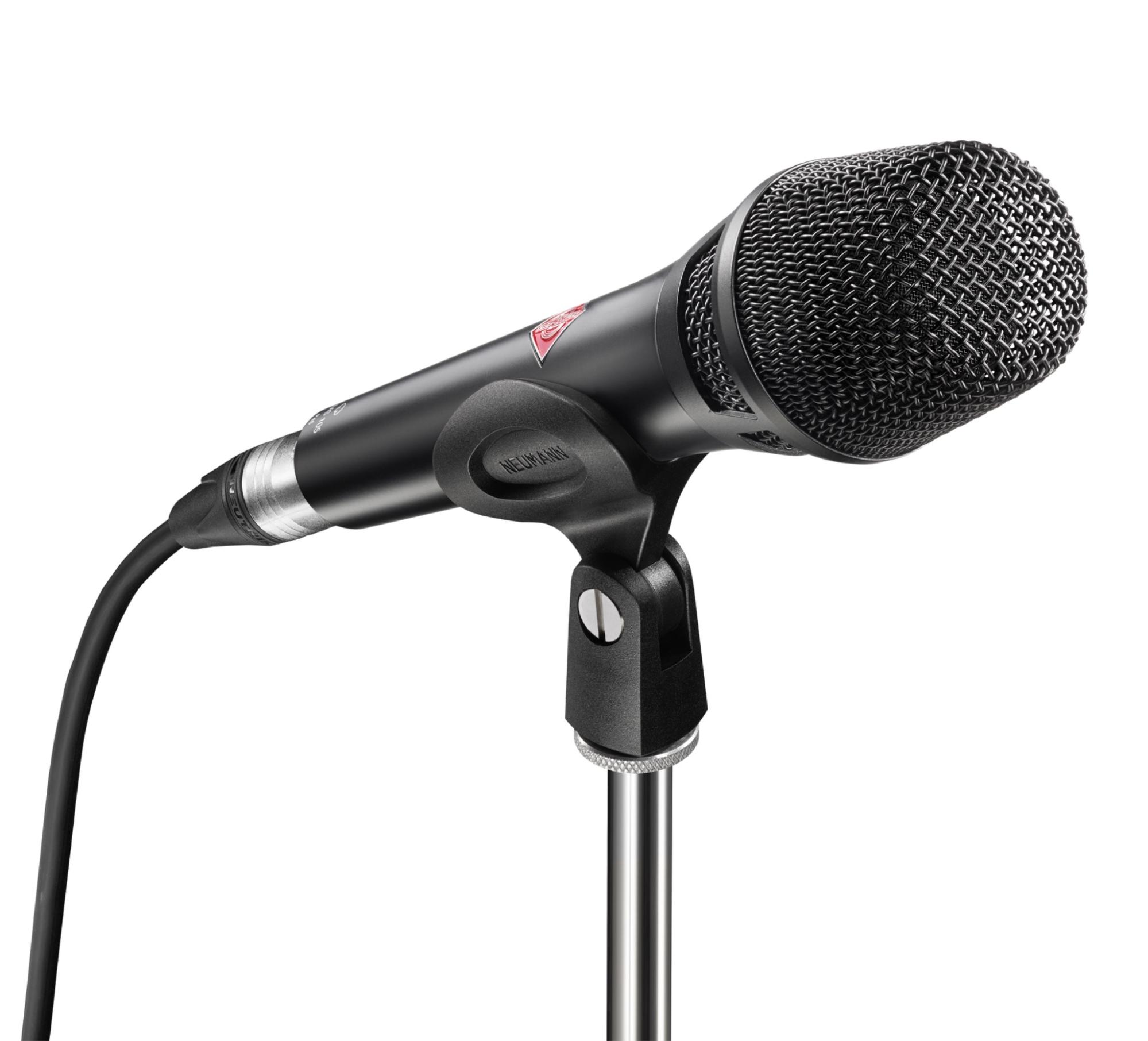 A studio microphone is designed to deliver ultimate sound quality. When you make a recording, you want it to sound perfect and capture the emotion of that special moment—that one magic take that people will enjoy listening to again and again for decades.
A studio microphone is designed to deliver ultimate sound quality. When you make a recording, you want it to sound perfect and capture the emotion of that special moment—that one magic take that people will enjoy listening to again and again for decades.
A performance or stage microphone is made to withstand the rigors of the road. “The show must go on” — nobody will use a stage mic that breaks when dropped. Another important requirement is high gain before feedback. With that said, it’s remarkable how close you can come to studio-quality sound with a handheld condenser like the KMS 105.
What studio and stage mics have in common is that they must support the artist. There’s an interaction between the singer and the microphone, and if that interaction is good, it will inspire the artist and elevate the performance.
Fulwider (ADK):
The beauty of the T-FET and 3 Zigma Series is that they function exceptionally well both on stage and in the studio. Sixteen years on the road with Jazz at Lincoln Center informed us in refining these designs. The goal is to sound amazing in the studio and on the road. So for ADK, performance mics and studio mics coexist across all of our solid-state models, from T-FET to 3 Zigma.
Boss (Audio-Technica):
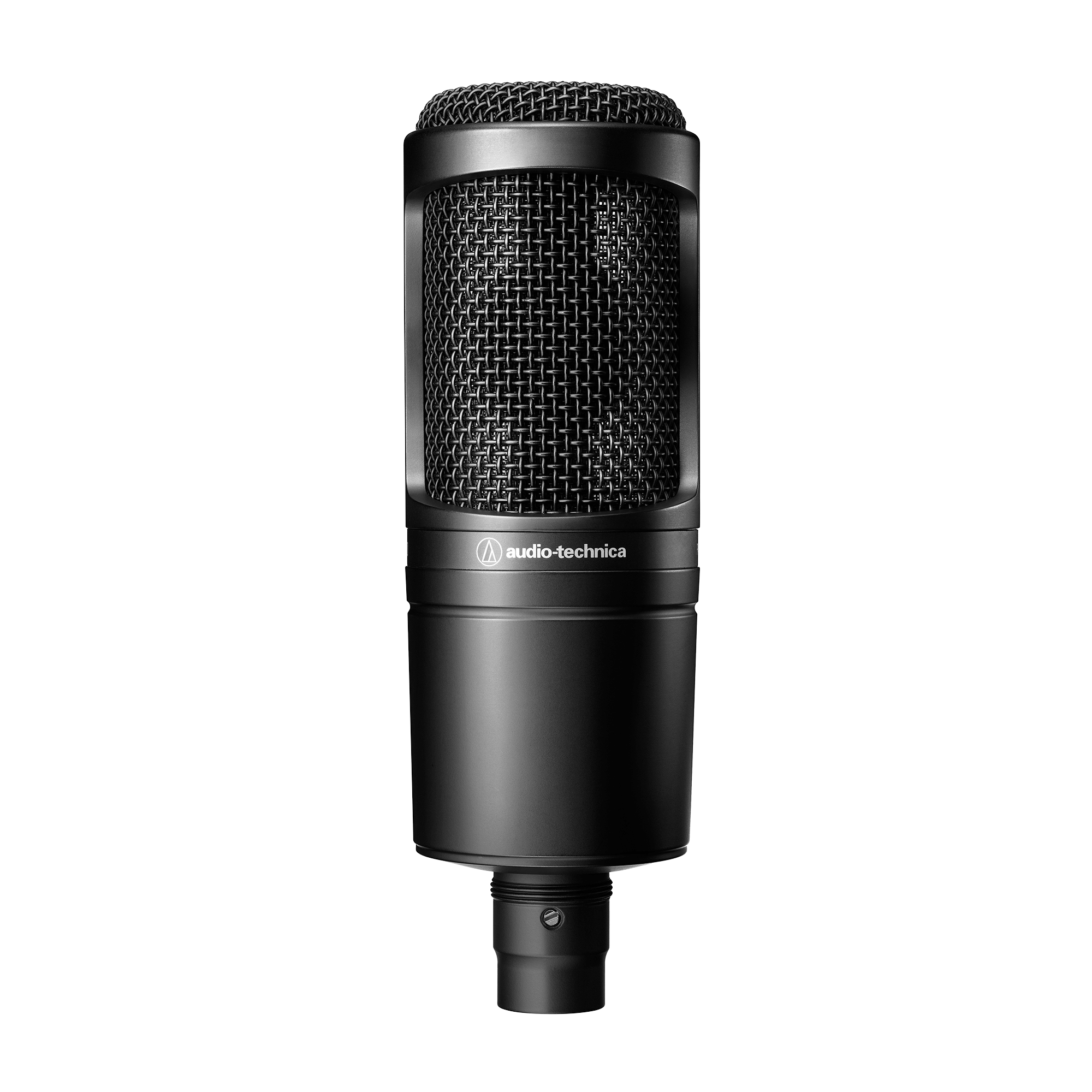 Form factor is one of the major considerations. A performance microphone is typically handheld or mounted, where size and visibility become factors. Studio microphones tend to be larger and are often stand-mounted in controlled environments. Storage and handling differ as well — studio mics require more care, while performance mics must withstand the rigors of the road.
Form factor is one of the major considerations. A performance microphone is typically handheld or mounted, where size and visibility become factors. Studio microphones tend to be larger and are often stand-mounted in controlled environments. Storage and handling differ as well — studio mics require more care, while performance mics must withstand the rigors of the road.
Performance microphones are usually optimized for a single purpose, such as vocal or drum capture, with a tailored frequency response. Studio condensers, by contrast, are designed to reproduce the entire audio spectrum accurately and without coloration.
Joseph (Harman International):
Studio microphones are designed for detail and precision, capturing every subtle nuance in a controlled environment with higher sensitivity and a wider frequency response. In contrast, performance microphones are built for power and durability, made to handle high volumes, reject feedback, and deliver consistent sound on stage. In simple terms, studio mics reveal, while performance mics project, one is tuned for accuracy, the other for impact
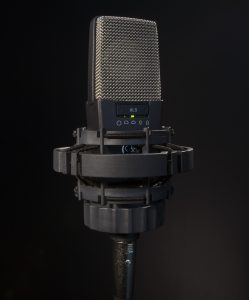
“Studio mics capture the magic; stage mics keep the show alive.” — Jorma Marquardt, Neumann
What features are today’s end-users looking for most in a condenser studio microphone?
Seidl (Austrian Audio):
All of the above, depending on the production. A microphone is an instrument and needs to fit the source. It must perform reliably within the same narrow tolerances, allowing engineers to depend on it. Ideally, a mic’s frequency response should enable a wide range of applications and provide flexibility in postproduction—something increasingly important as more recordings happen in less-than-perfect environments. There’s no second chance for a one-take recording of a unique creative moment.
Marquardt (Neumann):
Studio condensers are expected to have a wide dynamic range and very low self-noise. But ultimately, users choose microphones for how they make them feel. They want a mic that translates the sound they hear in their heads so everyone else can hear it, too. That’s why Neumann offers so many large-diaphragm models—each one is a unique “translator” for an artist’s sonic vision.
Fulwider (ADK):
Users want high performance—low noise, high SPL handling, and useful tone profiles — at affordable prices. They also demand reliability and uncompromising build quality.
Boss (Audio-Technica):
Sound quality should always be the top priority. For new users, convenience and compatibility matter as well, which is why Audio-Technica offers both analog and digital studio microphones. Consistency is crucial, especially for users building multi-mic setups. And value remains key—something we’re proud to deliver across our lineup.
“The condenser studio microphone market is expected to remain strong heading into next year, fueled by the continued rise of the creator economy, from home studios and podcasts to streaming and content production.” — Frank Joseph, Harman International
Joseph (Harman International):
These days, creators and musicians want condenser mics that deliver clean, detailed sound without any hassle. They’re looking for something quiet with super low self-noise that can capture every little nuance—whether it’s vocals, instruments, or podcast content. High SPL handling and simple tools like a pad or high-pass filter make it easier to deal with louder sources, and switchable polar patterns give flexibility for different setups. People love a mic that sounds natural but still adds a bit of warmth and character. On top of that, modern users want easy connectivity—like USB-C for direct recording and XLR for pro rigs—plus solid build quality, pop filters, and shock mounts right out of the box.
Has production, sourcing, or shipment of condenser microphones been impacted by recent tariffs?
Seidl (Austrian Audio):
It surely has been affected in a significant way.
Marquardt (Neumann):
It’s difficult to predict how recent tariffs will affect our U.S. business in the long term, but so far, microphone sales remain strong. Our customers value “Made in Germany.” All key components are manufactured in-house, and Neumann capsules are hand-assembled in a class 100 clean room. Beyond precision and technology, it’s the skill and dedication of our employees that make Neumann microphones legendary — something not easily replicated elsewhere.
Fulwider (ADK):
ADK began moving much of our production to the U.S. about a decade ago, which insulated us somewhat. Tariffs and rising material costs — especially for gold and certain imported parts —aren’t ideal, but the majority of our line is now completely or partially made in the U.S.
Boss (Audio-Technica):
Yes — what sector hasn’t been impacted?
“We listen first — that’s how every great Audio-Technica product begins.” — Gary Boss, Audio-Technica
Joseph (Harman International):
While tariffs have affected much of the manufacturing and distribution landscape, the impact on condenser microphones has been relatively contained. Most leading brands planned, diversifying suppliers and streamlining logistics to offset potential challenges. So, while tariffs have added some cost pressure across the industry, overall product availability, quality, and delivery timelines have remained strong with only minimal adjustments where needed.
Do you have any recently released or upcoming condenser studio microphones you’d like to highlight?
Seidl (Austrian Audio):
Absolutely. We just launched the flagship OC-S10, which has already been recognized by top producers as belonging among the greatest classic microphones of the last 50 years. We strongly believe a new classic for the next 50 years was born. Beyond its natural sound and exceptional imaging, the OC-S10 offers a full dual output that allows the engineer to change the microphone’s pattern after recording, perfectly matching the mic’s pickup to the recorded space during mixdown.
Marquardt (Neumann):
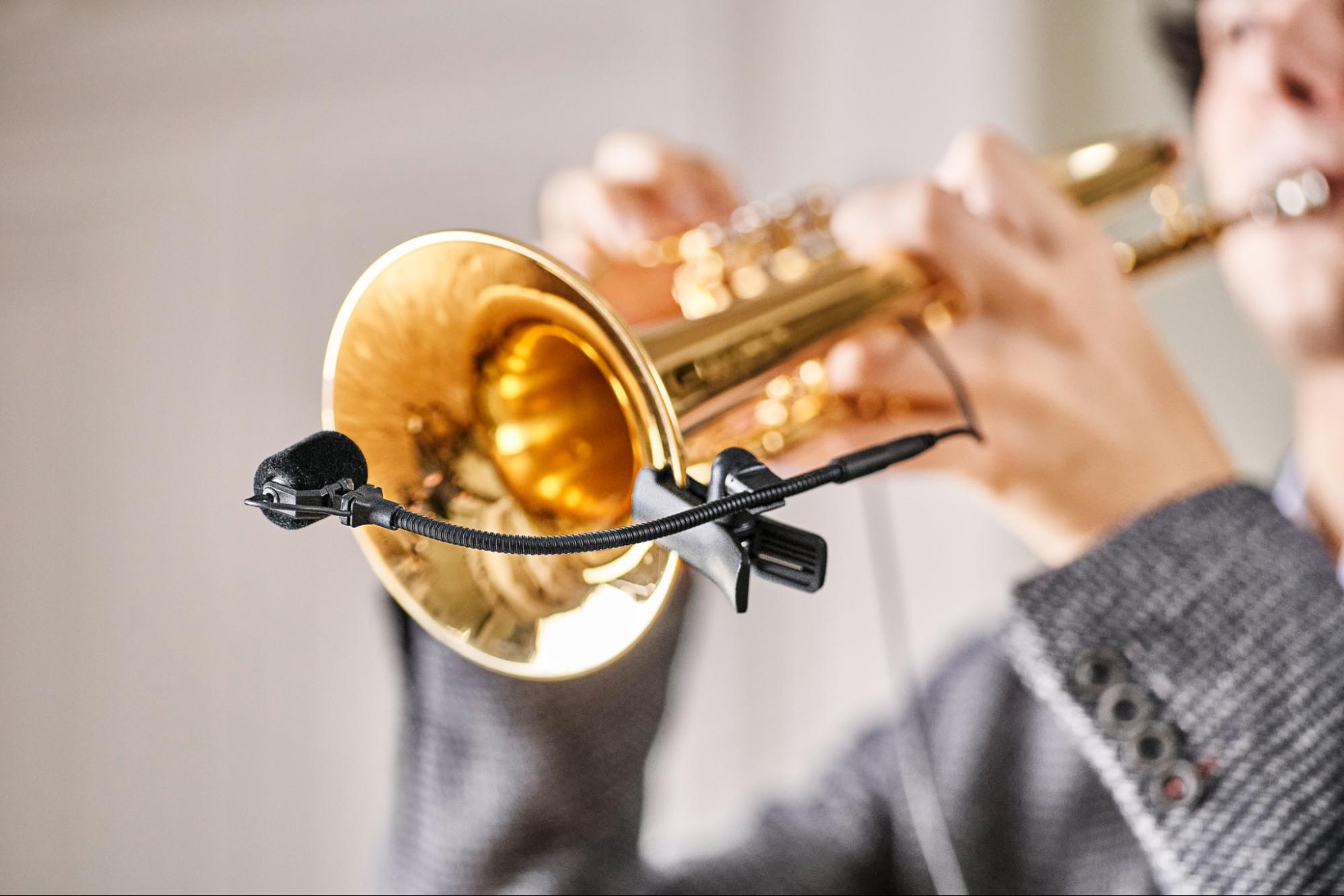 We’re about to update our Miniature Clip Microphone System (MCM) for close-miking acoustic instruments on stage. Alongside our existing cardioid and omni capsules (KK 13 and KK 14), there will soon be a supercardioid capsule (KK 15), offering improved isolation and feedback resistance on crowded or loud stages. The KK 15’s uniformity is truly outstanding—our development team has done amazing work.
We’re about to update our Miniature Clip Microphone System (MCM) for close-miking acoustic instruments on stage. Alongside our existing cardioid and omni capsules (KK 13 and KK 14), there will soon be a supercardioid capsule (KK 15), offering improved isolation and feedback resistance on crowded or loud stages. The KK 15’s uniformity is truly outstanding—our development team has done amazing work.
Fulwider (ADK):
The Munich-7 T is our most recent release, and it’s already being used by artists such as Wynton Marsalis and concert pianist Lang Lang. It’s become a favorite vocal mic across genres, and it’s been thrilling to see how our community has embraced it.
Boss (Audio-Technica):
One product line that deserves more attention is our flagship 50 Series microphones. These are among the most technically advanced studio condensers available today — engineered for accuracy, reliability, and an uncolored, natural sound.
Joseph (Harman International):
We don’t have anything to announce just yet, but there are some major developments in the works that align with the NAMM timeframe. These upcoming releases will build on our rich studio heritage while introducing fresh innovations tailored for today’s creators and modern recording environments. Very exciting things are on the horizon, and we’ll have more to share as we get closer to NAMM — stay tuned.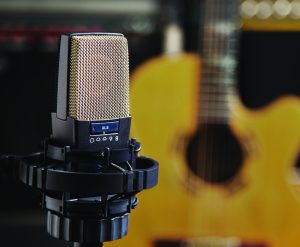
Will your company be exhibiting at the NAMM Show?
Seidl (Austrian Audio):
 As every year, Austrian Audio will be at NAMM with a booth in the Pro Audio North Hall, lower level. We’ll present all our classics, the new OC-S10, and a world’s-first high-end product launch in the large-condenser segment, along with other news.
As every year, Austrian Audio will be at NAMM with a booth in the Pro Audio North Hall, lower level. We’ll present all our classics, the new OC-S10, and a world’s-first high-end product launch in the large-condenser segment, along with other news.
Marquardt (Neumann):
Yes, Neumann will have a demo room at NAMM.
Fulwider (ADK):
 Unfortunately, we won’t be exhibiting this year, but we’ll be in attendance and look forward to meeting friends, collaborators, and new contacts.
Unfortunately, we won’t be exhibiting this year, but we’ll be in attendance and look forward to meeting friends, collaborators, and new contacts.
Boss (Audio-Technica):
I’m excited to see many familiar faces at NAMM.
What are your expectations for the condenser studio microphone market in the coming months?
Seidl (Austrian Audio):
Recording microphones aren’t seasonal products. The way recording happens has changed dramatically over the last decade—more sessions now take place in smaller studios or home recording rooms. Austrian Audio has responded by offering high-end microphones that perform reliably in varied environments. We expect this trend to continue.
Marquardt (Neumann):
We expect the market to remain stable. While AI technology can now create synthetic voices, listeners still crave the human connection that only a real performance provides. Artists will always record songs to make their voices heard—it’s what defines them.
Fulwider (ADK):
We see exciting growth in the condenser segment. Our Z² Z-Mod series, designed with David Bock and manufactured entirely in the U.S., continues to perform strongly. Several new models are already on the drawing board, with release expected in 2026 or early 2027.
Boss (Audio-Technica):
 As always, we’ll continue to listen to our customers and develop products that address their real-world needs.
As always, we’ll continue to listen to our customers and develop products that address their real-world needs.
Joseph (Harman International):
The condenser studio microphone market is expected to remain strong heading into next year, fueled by the continued rise of the creator economy, from home studios and podcasts to streaming and content production. While demand for traditional large-diaphragm condensers in professional studios remains steady, the real momentum is happening in the mid-tier and creator segments, where users want studio-grade sound with plug-and-play simplicity. This shift is driving new innovations across the category, blending heritage design with modern flexibility, hybrid connectivity, and creator-focused functionality. For AKG, this evolution perfectly aligns with our legacy of studio excellence and our mission to empower the next generation of creators shaping the sound of tomorrow.









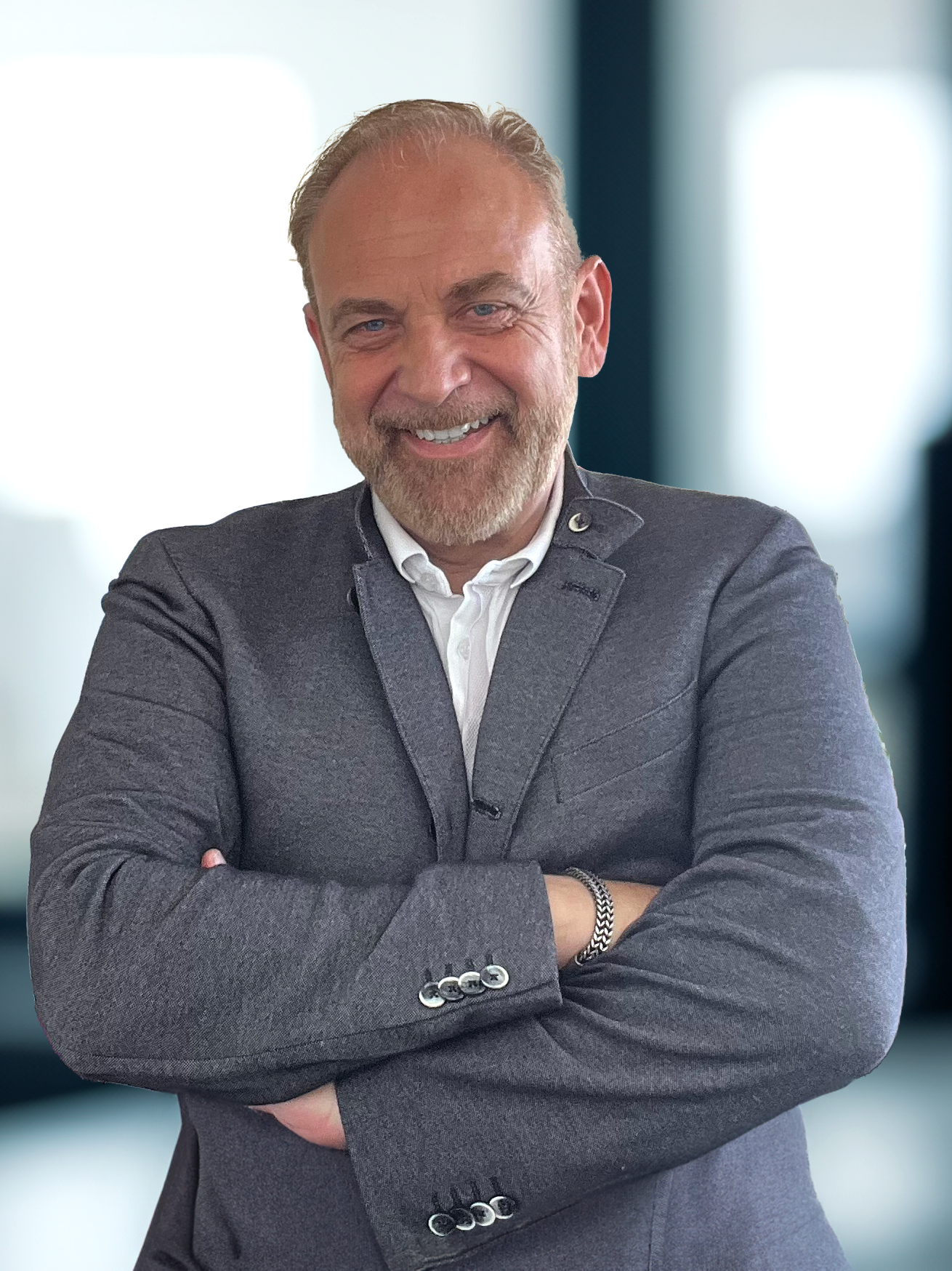
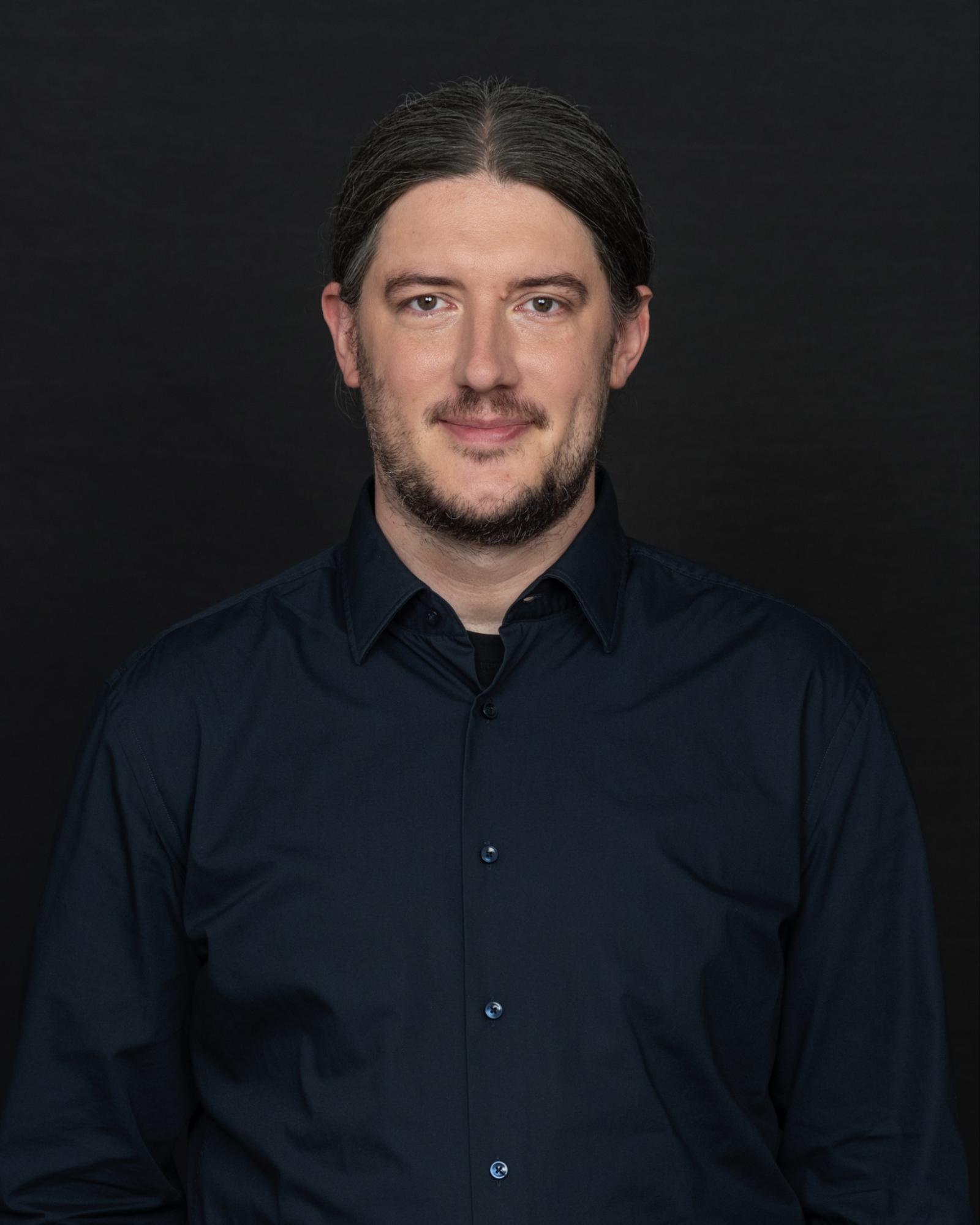

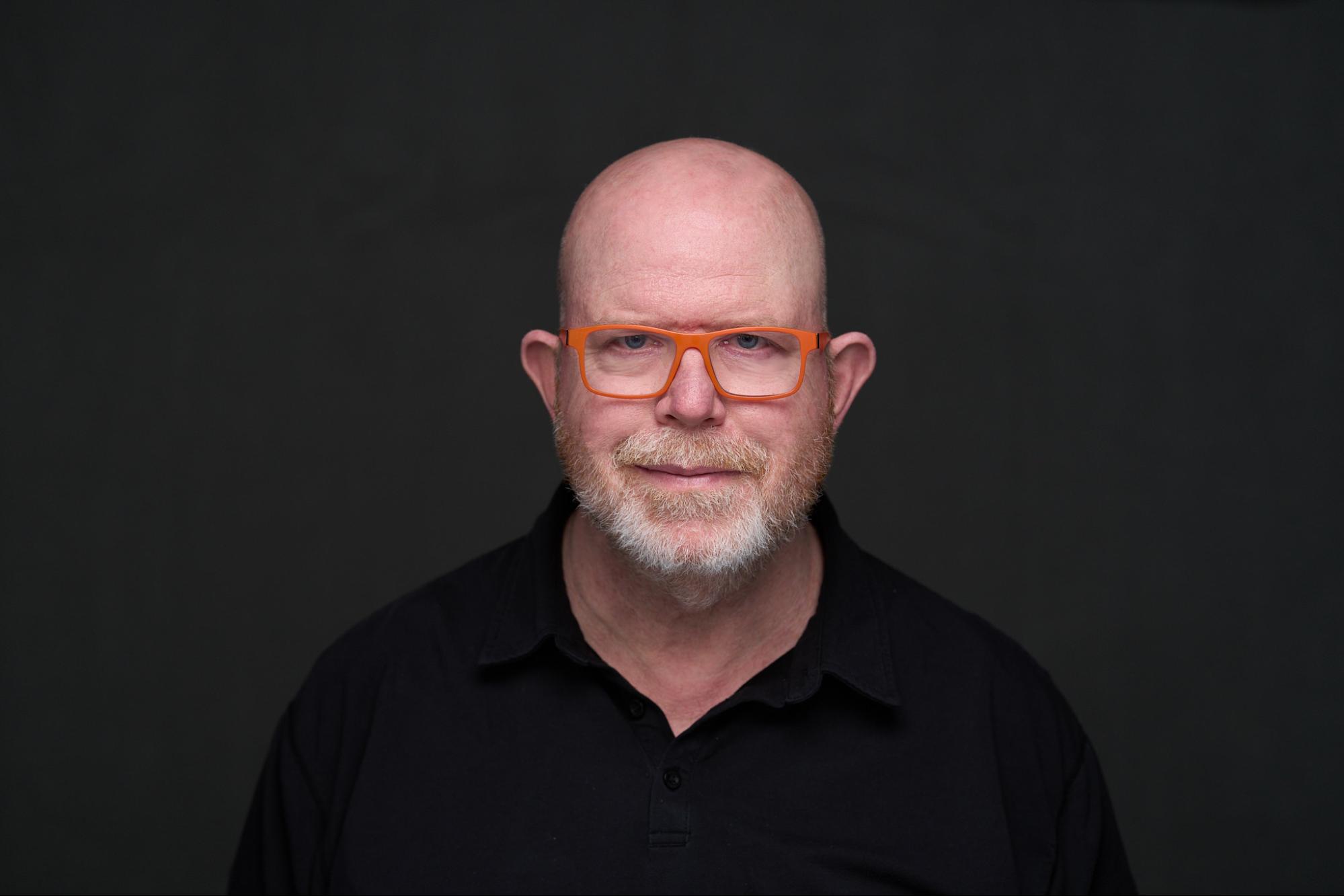


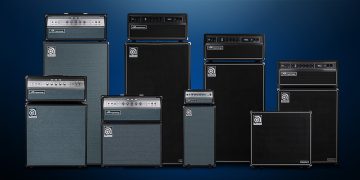

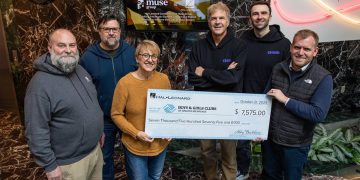
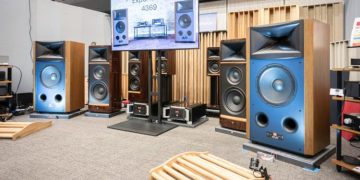





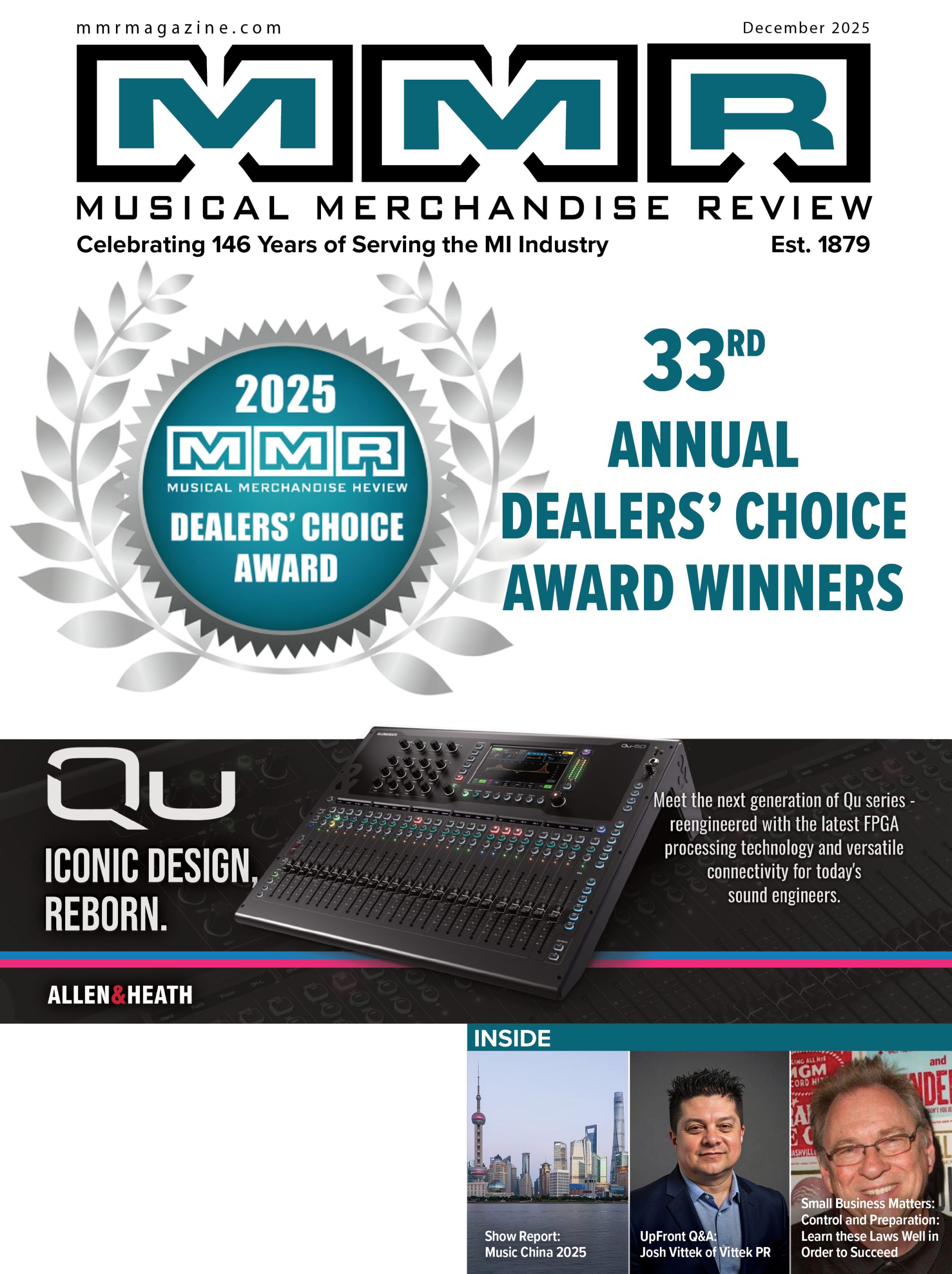
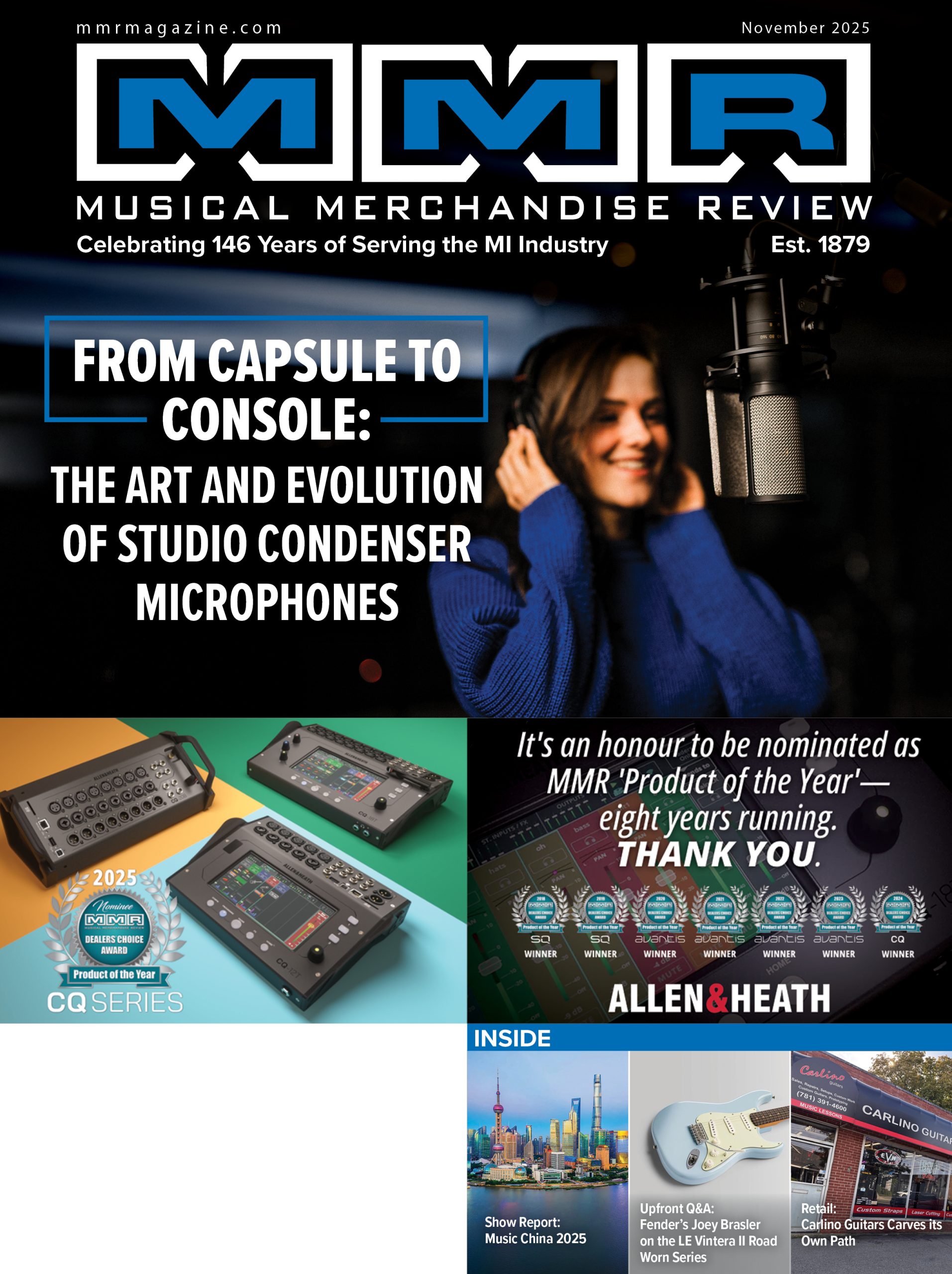
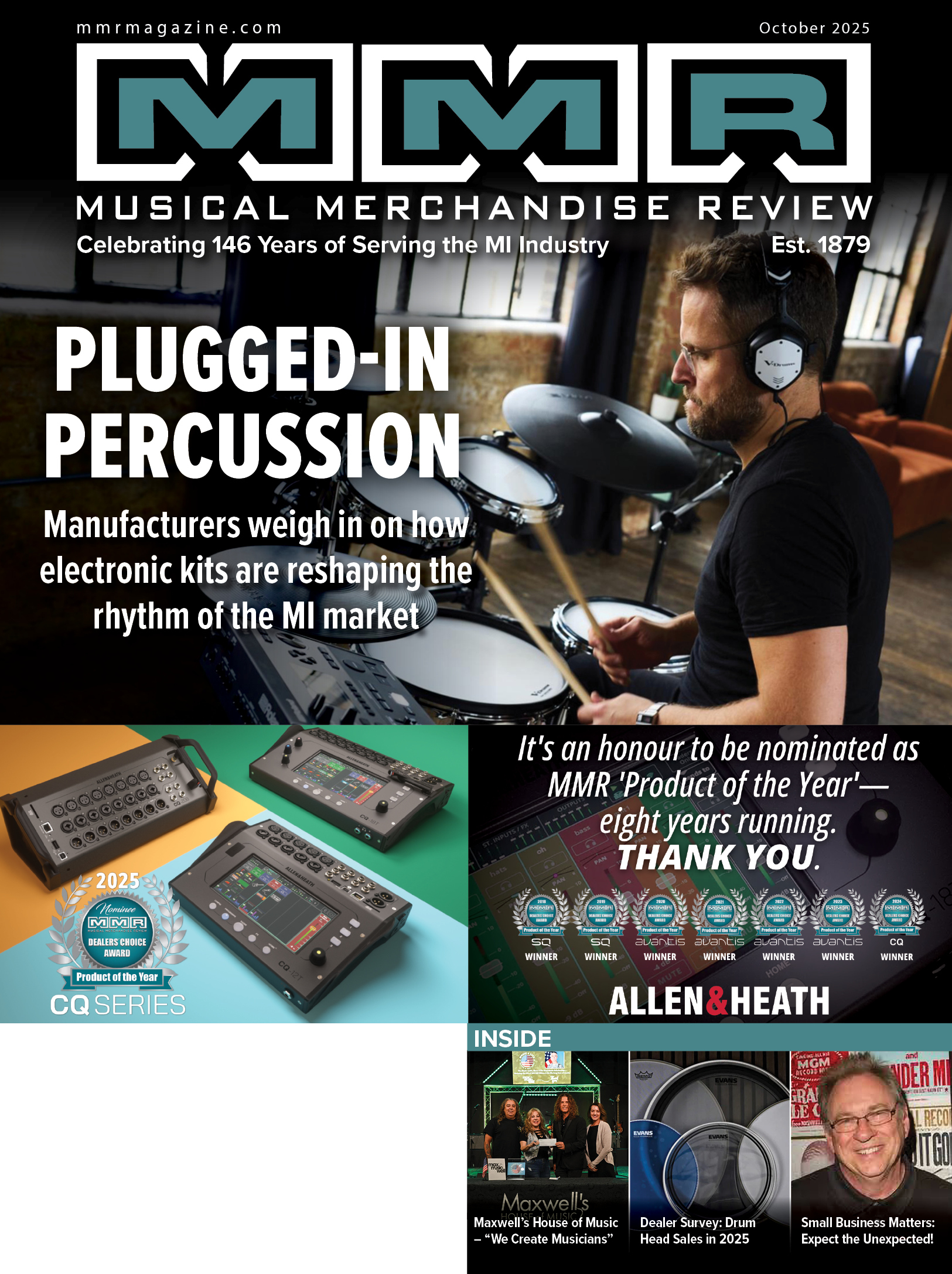
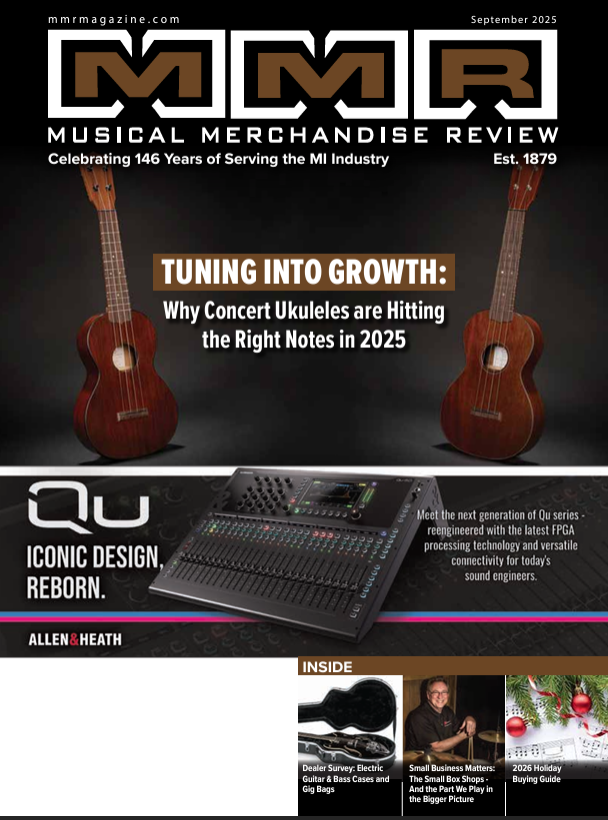
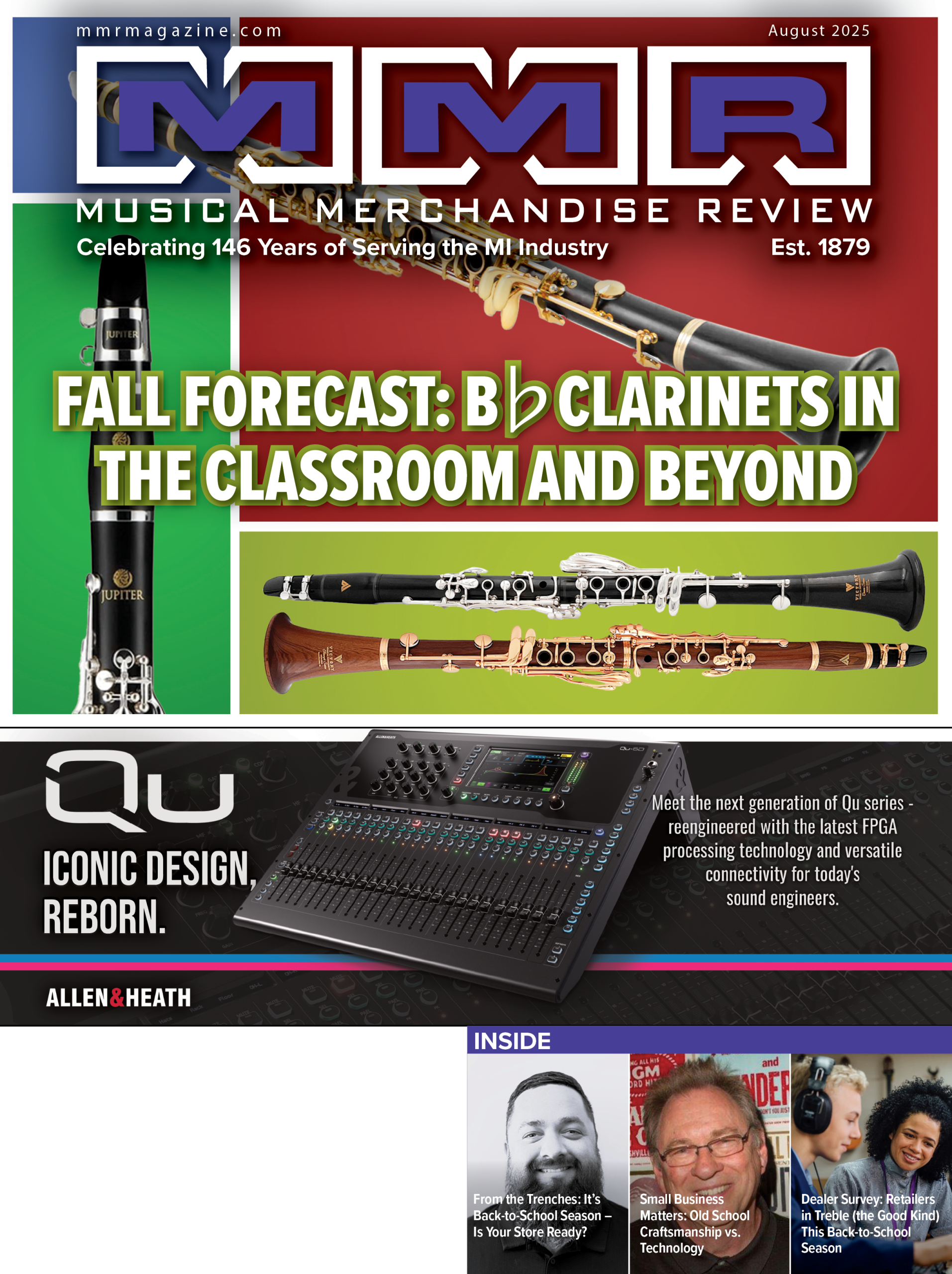


Looking Back on 2025: A Year of Controlled Chaos (Emphasis on “Controlled”)